What happens when galaxies collide? Well, if any humans are around in about a billion years, they might find out. That’s when our Milky Way galaxy is scheduled to collide with our neighbour the Andromeda galaxy. That event will be an epic, titanic, collision. The supermassive black holes at the center of both galaxies will feast on new material and flare brightly as the collision brings more gas and dust within reach of their overwhelming gravitational pull. Where massive giant stars collide with each other, lighting up the skies and spraying deadly radiation everywhere. Right?
Maybe not. In fact, there might be no feasting at all, and hardly anything titanic about it.
The idea of two galaxies colliding in an epic, calamitous conflagration is more science fiction than science. There’s so much space between the stars that it’s unlikely two stars would ever touch, even when galaxies like the Milky Way and Andromeda meet, with their hundreds of billions of stars each. There would be lots of gravitational shenanigans. But no explosions.
Astronomers have known this for a while. But one part of the pyrotechnic collision way of looking at galaxy mergers persisted. This is the idea that the black hole at the center of each galaxy would flare up with activity as new gas and dust were brought within reach due to the collision.
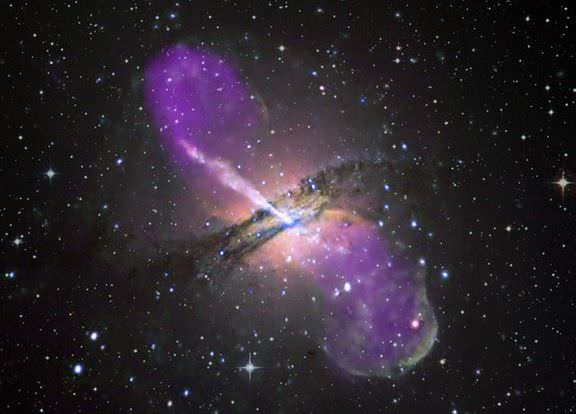
A new research letter says even that might not happen. In fact, the research says, the opposite might happen: black holes might actually starve.
The research letter is titled “Destruction of the central black hole gas reservoir through head-on galaxy collisions.” The lead author is Yohei Miki, a research associate at the University of Toky. The study is published in the journal Nature Astronomy.
The study is based largely on simulations. It centers on the idea of the galactic gas reservoir and the galactic nuclei.
The galactic nucleus is the central region of a galaxy where a black hole dwells. Black holes go about their business in the nuclei, accreting gas and dust. That gas heats as it rotates around the black hole, and when there is enough gas accretion, the heated material becomes highly luminous. When that happens it’s called an active galactic nucleus (AGN).
The new research shows that something unexpected happens to black holes when two galaxies collide. But only in certain types of collisions.
There are different ways that galaxies can collide. A small galaxy can pass through a small part of a much larger galaxy, and stars from both galaxies can end up switching places. Some from the smaller galaxy may end up staying in the larger galaxy, or some from the larger galaxy can join up with the smaller one. Some stars can be ejected and sent out into intergalactic space as rogue stars.
Then there are the head-on collisions. In that scenario, the smaller galaxy is torn apart by the larger galaxy’s powerful gravitational forces. During these head-on collisions, according to the team of researchers, something very unusual can happen in the galactic nuclei.
“At the heart of most galaxies lies a massive black hole, or MBH,” said lead author Yohei Miki in a press release. “For as long as astronomers have explored galactic collisions, it has been assumed that a collision would always provide fuel for an MBH in the form of matter within the nucleus. And that this fuel would feed the MBH, significantly increasing its activity, which we would see as ultraviolet and X-ray light amongst other things. However, we now have good reason to believe that this sequence of events is not inevitable and that in fact, the exact opposite might sometimes be true.”
So rather than provide a meal for black holes, galaxy collisions might starve the black holes.
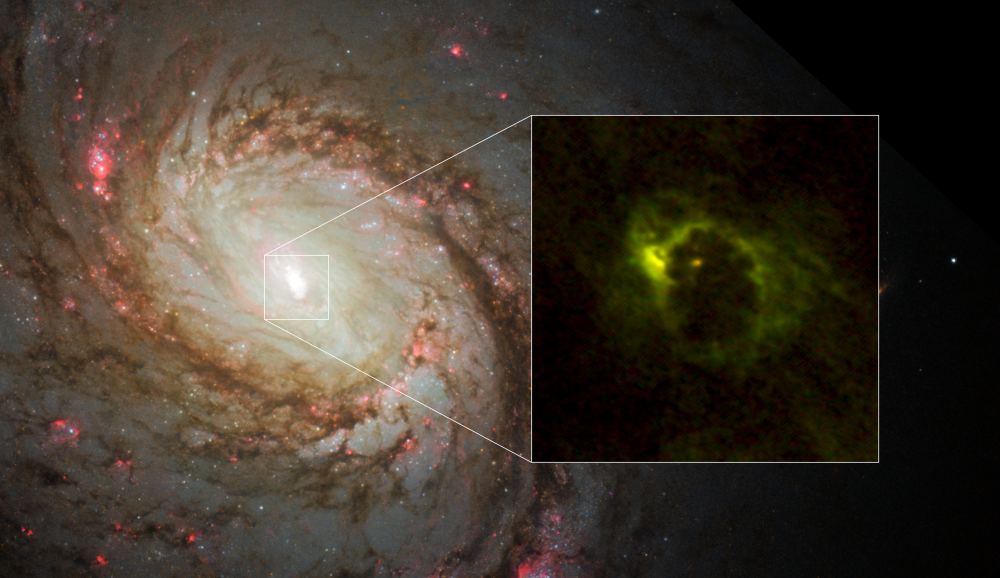
The research team came to that conclusion after running simulations of galactic collisions on supercomputers at a pair of universities in Japan. Their simulations showed that in some cases, the smaller galaxy can tear away the torus-shaped gas reservoir of the larger galaxy. So instead of the larger black hole gathering material from the larger galaxy and flaring as an AGN, the larger black hole would see a decrease in its activity.
“We computed the dynamic evolution of the gaseous matter which surrounds the MBH in a torus, or donut, shape,” said Miki. “If the incoming galaxy accelerated this torus above a certain threshold determined by properties of the MBH, then the matter would be ejected and the MBH would be starved. These events can last in the region of a million years, though we are still unsure about how long the suppression of MBH activity may last.”
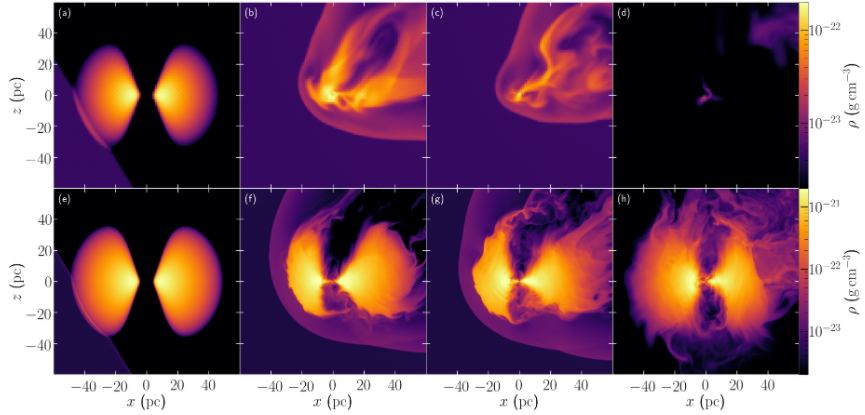
The researchers point out that the black hole starvation scenario is only applicable to some scenarios, namely central collisions. “An important point to be emphasized is that only central collisions of galaxies open up this
new channel for suppressing central MBH fueling,” they write. “Far-off-centre collisions/encounters are thought to occasionally enhance AGN activity triggering the gas flows to the central MBH via angular momentum transfer.”
Galaxy collisions are garnering more and more attention from astronomers. Our own Milky Way has absorbed multiple smaller galaxies, according to research, and could be in the beginning stages of absorbing the Large and Small Magellanic Clouds, starting with their halos of gas.
The Andromeda galaxy also shows evidence of collisions with other galaxies. It has a stream of tidal stellar debris called the giant southern stream (GSS) in its stellar halo. Astronomers say that the debris stream is the result of a merger in the past.
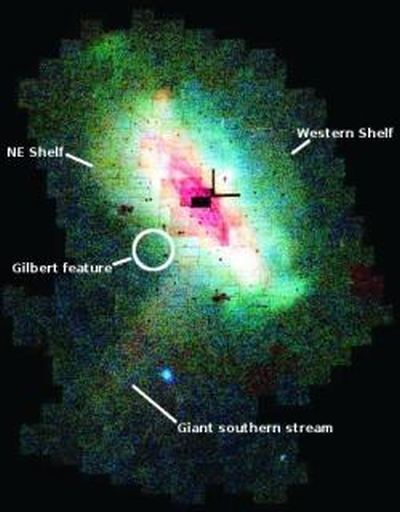
There’s a lot more to be learned about galaxy collisions and black holes. In this study, the authors left a lot of variables unexplored. “Uncertainties and dependencies on various collision parameters (such as infalling direction, velocity and pericentric distance) are not considered in this work,” they write. They also point out that they don’t how long black hole activity can be suppressed.
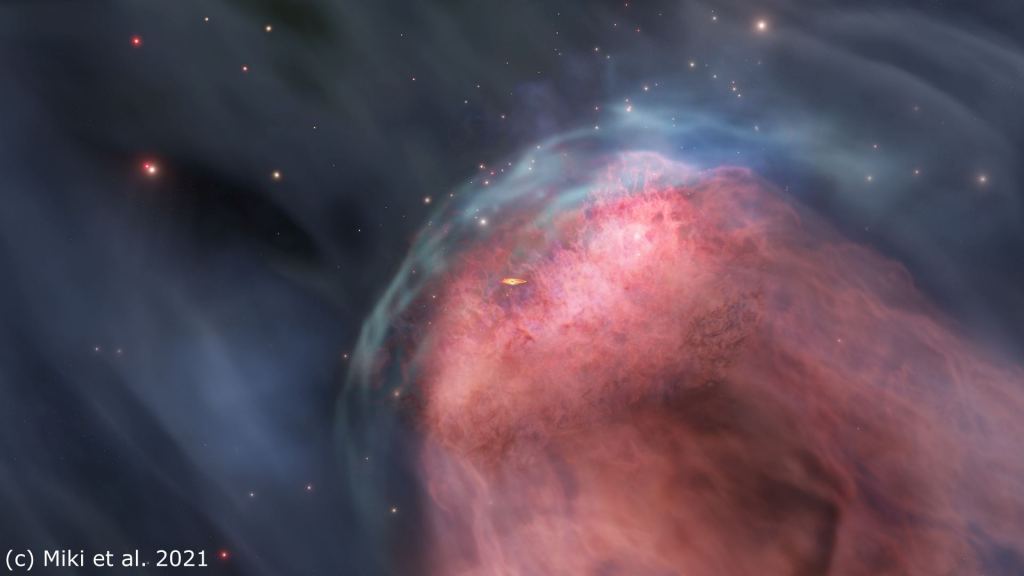
Those are questions for the future, according to the authors. “Future studies utilising detailed simulations with a larger computational box for a longer duration, including gas inflow towards the torus from the galactic disc, self-gravity of the torus gas and radiative cooling processes, will reduce such
uncertainties.”

